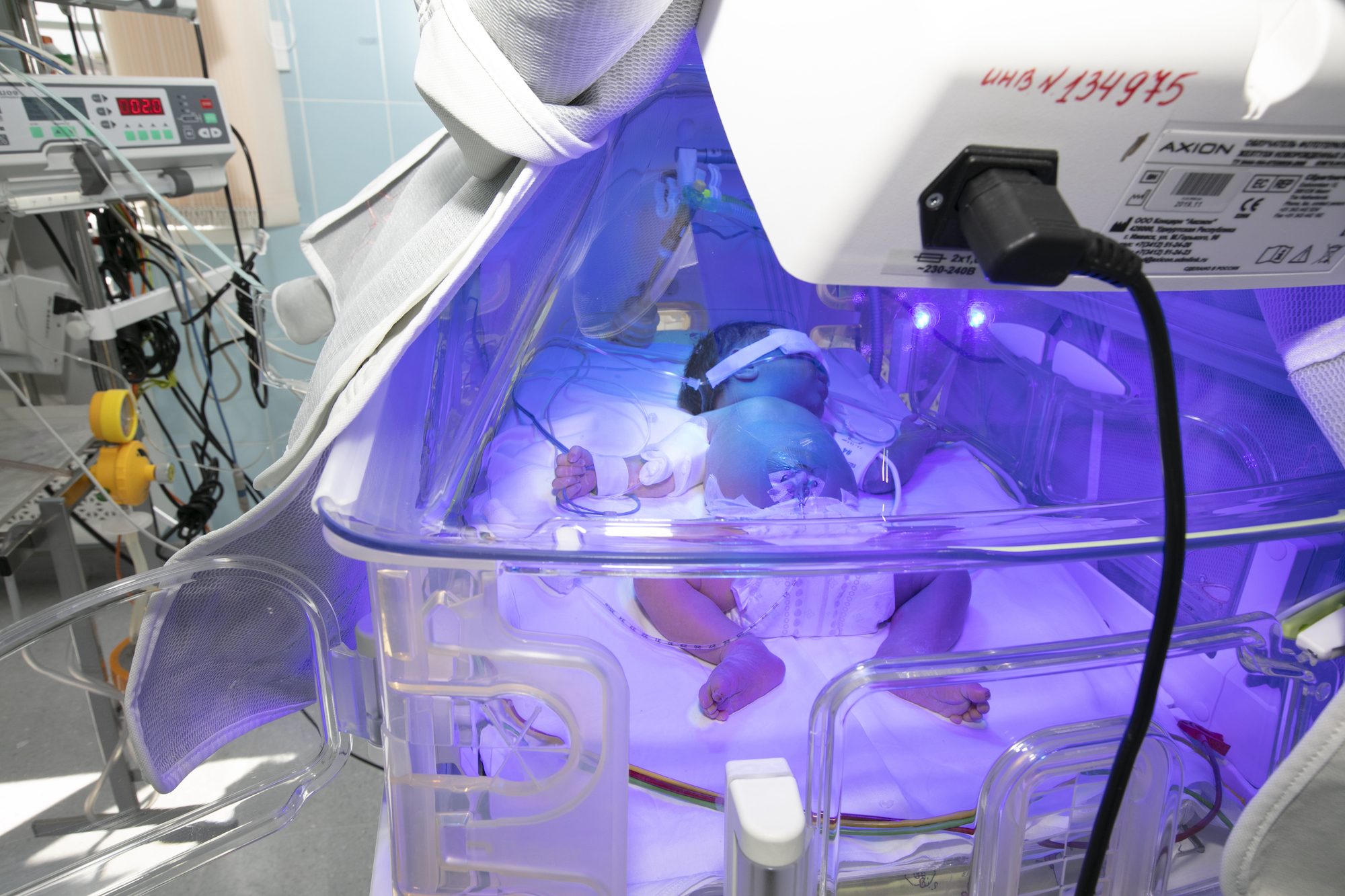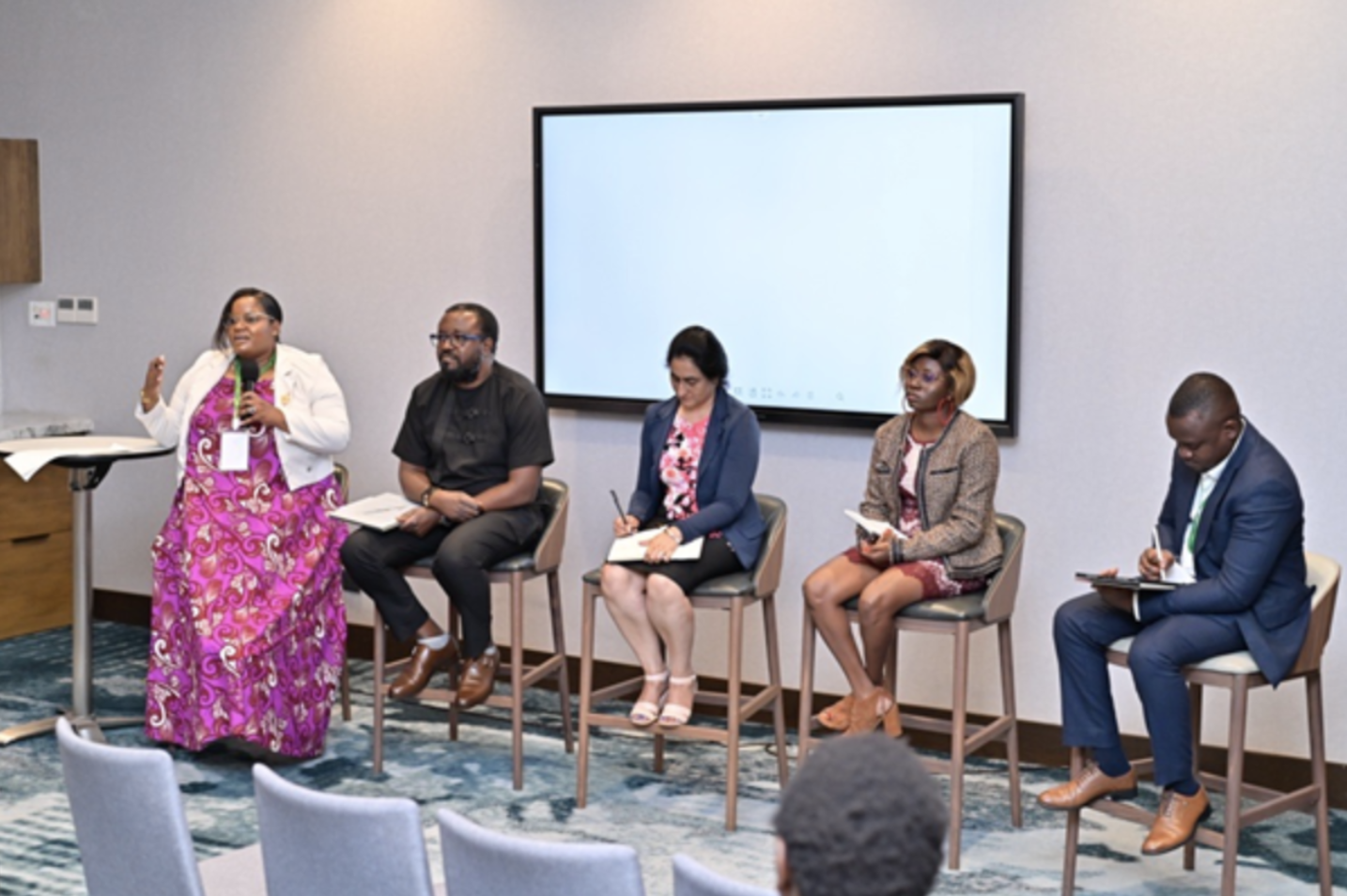
Impact Stories
Tackling neonatal infections in Africa using data
Friday, July 7, 2023

By Angela Dramowski and Larisse Bolton
Background
The well-being of a society can be measured by the longevity of its children. According to the World Health Organisation (WHO) In 2021, one million new-borns (neonates) in Sub-Saharan Africa did not survive to see their one-month birthday. Deaths in the neonatal period (the first 28 days of life) make up nearly 40% of all under-five child deaths in the region. To put these numbers in context, a newborn in sub-Saharan Africa is 11 times more likely to die in their first month of life as is a neonate born in a high-income country.
Although South Africa has made great strides toward achieving the Sustainable Development Goal 3 for neonatal survival, at least 2000 newborn deaths occur each year due to severe infection (sepsis).2–5 The recommendations of the World Health Organization (WHO) for appropriate antibiotic use to treat infections in neonates are outdated and not based on high-quality, representative data from Africa.6 Such data are critical in order to monitor changes in the occurrence of the pathogen (bacterial or fungal microorganism responsible for the infection) and antimicrobial resistance (AMR) patterns in African neonates. The purpose of this Grand Challenges Africa (GCAfrica) funded study is to generate quality data to inform healthcare for all newborns.
Approach
The Antibiotics for Neonatal Sepsis in Africa (ANSA) study brings together a multi-disciplinary team of specialists in paediatric infectious disease, neonatology, microbiology and data science to address how to optimise and develop up-to-date, evidence-based antibiotic recommendations for neonatal sepsis. ANSA aims to obtain, collate and analyse neonatal sepsis datasets from across Africa, and determine which pathogens are adequately treated by currently used/available antibiotics to produce antibiotic coverage estimates for commonly used treatment regimens. Ensuring that the most appropriate and effective antibiotics are administered for suspected neonatal sepsis may help to increase the odds of patient survival.
To date, ANSA results suggest the need for continuous antibiotic coverage review in individual neonatal units, different regions and at the country level due to ever-evolving antimicrobial resistance and the changing pattern of neonatal sepsis pathogens. In a regional dataset of nine neonatal units in the Western Cape Province of South Africa, antibiotic coverage estimates for WHO-recommended first-line antibiotics for early-onset neonatal sepsis (ampicillin plus gentamicin) was found to vary by level of care, with especially poor coverage rates in central/tertiary hospitals (55%) and moderate coverage in district hospital neonatal units (84%). These findings highlight the need to analyse data by hospital, region and facility type because large differences in empiric antibiotic coverage imply that there is no single appropriate recommendation for all hospitals.
ANSA also hosted a forum for discussion and sharing of results in collaboration with the African Neonatal Association, which brought 10 leading African experts in neonatal sepsis together for an online webinar in October 2022, free and accessible to care providers, policymakers, journalists and the public. About 200 stakeholders from across the world gathered virtually to consider the current state of neonatal sepsis in Africa and to discuss the avenues forward – opening new pathways of collaboration.
Lessons
One of the key lessons learned from the ANSA study has been the importance of access to high-quality neonatal sepsis surveillance data. Most healthcare systems in Africa do not have centralized healthcare databases, and therefore the data available is limited and highly varied. This makes combining neonatal infection datasets from different regions very challenging. Further, even when the necessary data is available, gaining access to it through data-sharing agreements requires extensive permissions, which are time-consuming to obtain or may prevent data sharing entirely. We have brought the current challenges and shortcomings in neonatal surveillance data access in the African region to the forefront and published recommendations to enable minimum datasets to inform antibiotic coverage assessment for neonatal sepsis in Africa to reduce or eliminate these barriers to data access.7
The overarching goal of the ANSA study is to generate antibiotic coverage estimates for point-of-care applications. Such a tool will provide neonatal clinicians with the necessary information to make informed decisions to give newborns affected by sepsis the best possible chance of receiving effective antibiotic therapy and of surviving their infection.
About the Author
Angela is a grantee of the Grand Challenges Africa programme managed by the SFA Foundation. Her research involves using data-based approaches to treat neonatal infections in South Africa.
The SFA Foundation’s Grand Challenges Africa (GC Africa) programme seeks to promote Africa-led scientific innovations to help countries better achieve the Sustainable Development Goals by awarding seed and scale-up grants to the continent’s most impressive solutions.
Read more about her work: https://gcgh.grandchallenges.org/grant/modelling-mortality-impact-treatment-regimens-antimicrobial-resistant-neonatal-bloodstream



